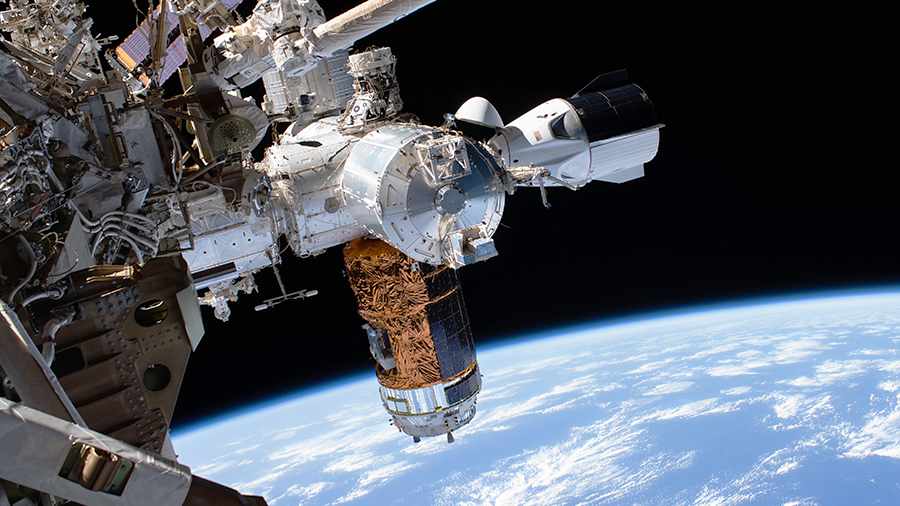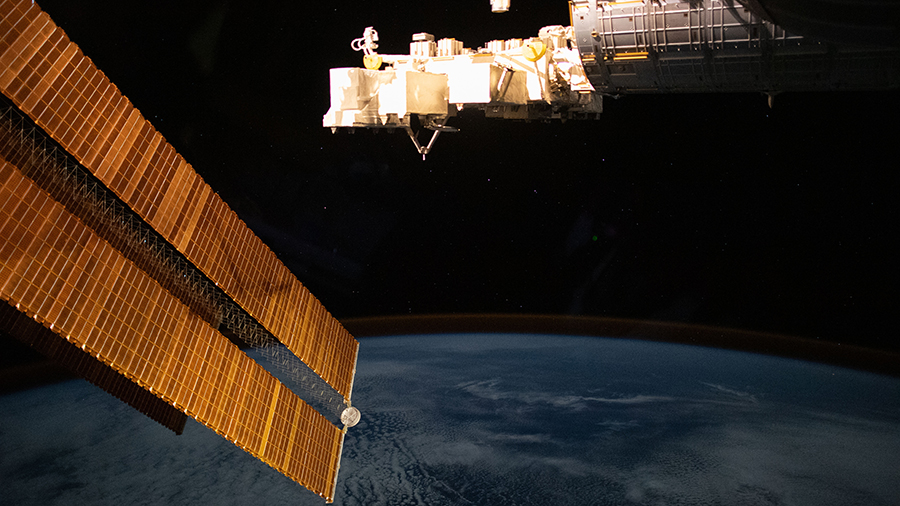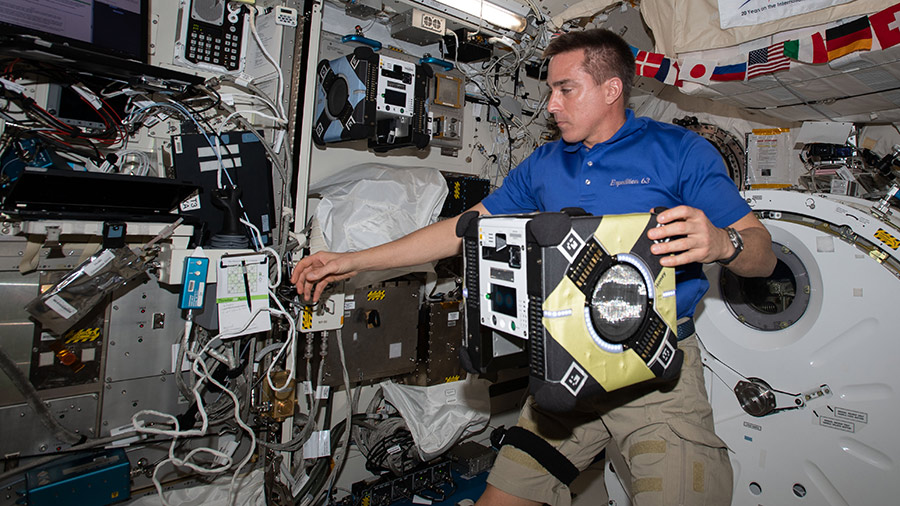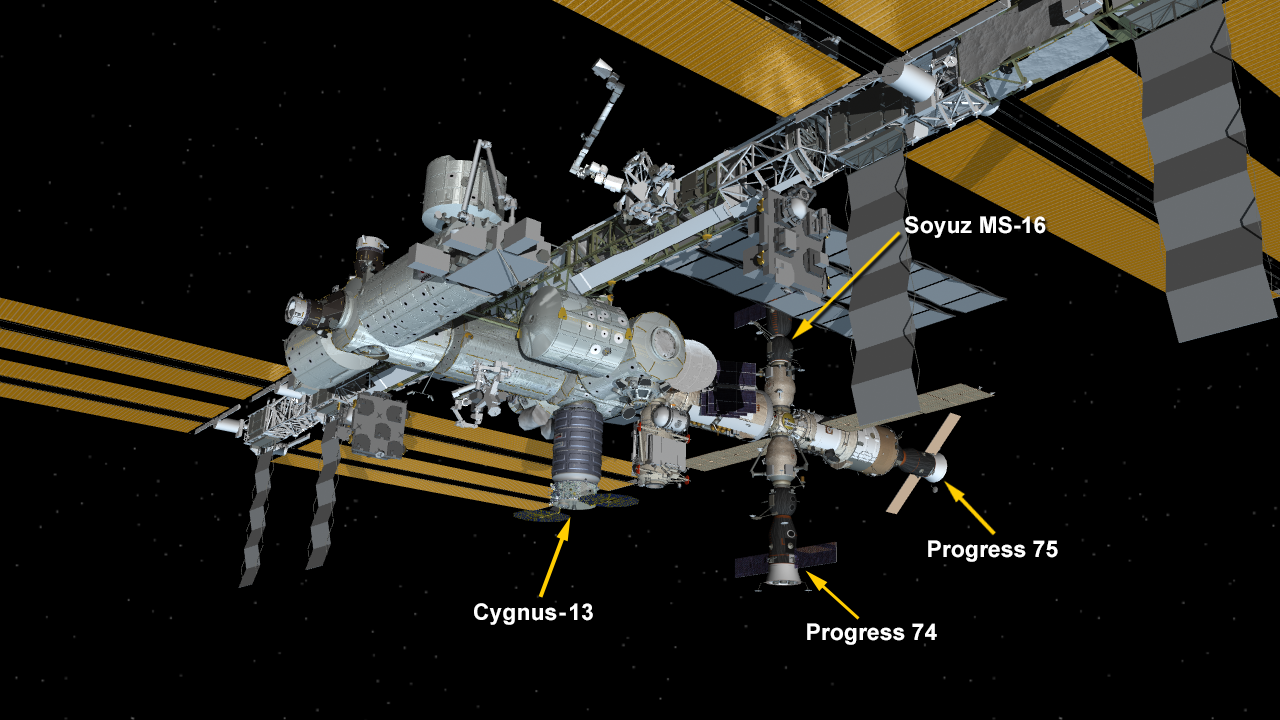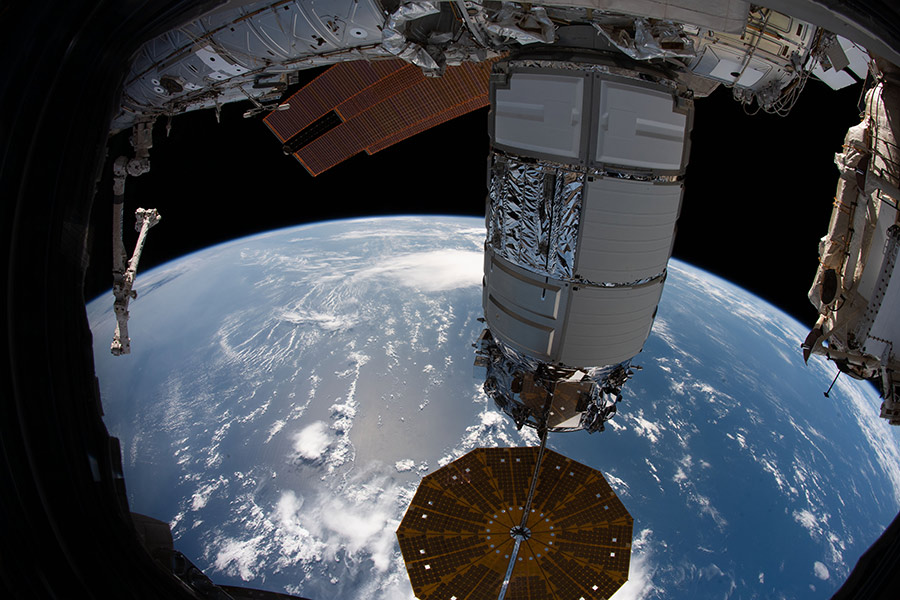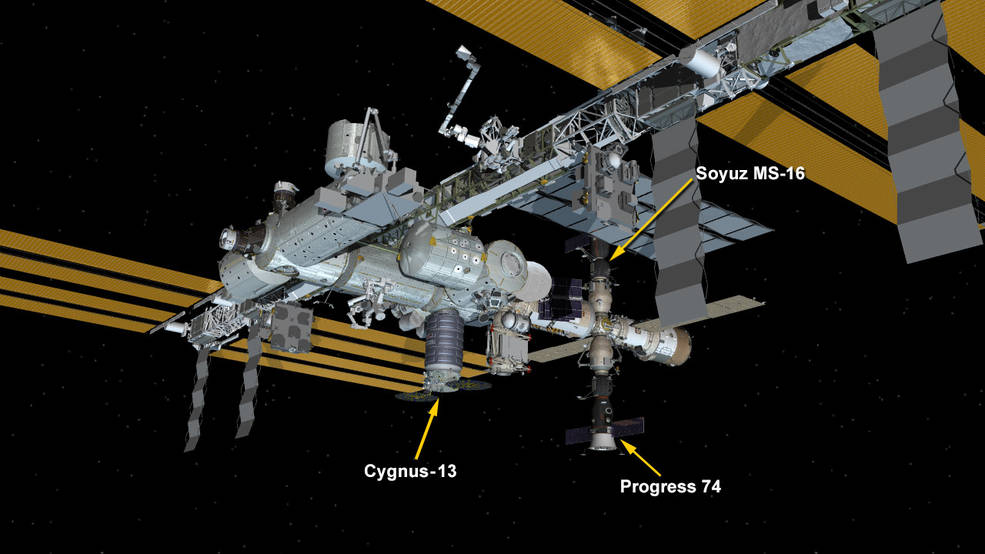
The Expedition 63 crew has turned its attention toward space science and lab maintenance after releasing a Japanese cargo craft from the International Space Station on Tuesday. More cargo and crew missions to replenish the orbiting lab are planned for October.
Commander Chris Cassidy switched off communications gear today used to send commands to Japan’s H-II Transfer Vehicle-9 (HTV-9) after its departure on Tuesday. The HTV-9 will orbit Earth until Thursday morning when it descends into the atmosphere for a fiery, but safe demise over the South Pacific.
The NASA commander spent the rest of the day working on orbital plumbing and life support gear. Cassidy removed and replaced the Waste and Hygiene Compartment’s recycle tank located in the Tranquility module. He also inspected out gear that analyzes organic compounds in the station’s air.
Veteran station cosmonaut Anatoly Ivanishin focused on battery work as he installed current converters throughout the lab’s Russian segment. First-time cosmonaut Ivan Vagner spent Wednesday morning working on more orbital plumbing before exploring ways to improve Earth photography techniques and determine how mission events impact the orbiting lab.
Space traffic will be clear at the space station for the rest of August and into September. The mission pace will pick back up in October with a U.S. Cygnus cargo ship from Northrop Grumman, the Expedition 64 crew and the SpaceX Crew-1 mission all to set to arrive within a period of three weeks.

